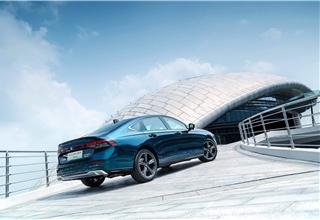Honda Motor’s China Sales Decline in June 2024
Honda Motor recently announced that its retail sales in China for June 2024 totaled 68,966 vehicles, reflecting a 39.04% year-on-year drop compared to the same period last year. The Japanese automaker’s cumulative sales for the first half of 2024 reached 415,906 vehicles, marking a 21.48% decrease from the previous year.
The company did not disclose individual sales figures for its joint ventures, GAC Honda and Dongfeng Honda, for the month of June. To address the declining sales in China, Honda Motor is focusing on strengthening its electrification efforts in the country.
Shinji Aoyama, Global Executive Vice President of Honda, stated that the company plans to launch several competitive electric vehicle models in the Chinese market this fiscal year. Additionally, Honda will collaborate with its joint venture partners to tackle overcapacity issues and drive sales growth in the region.
One of Honda’s recent initiatives to boost sales in China is the launch of Dongfeng Honda’s latest pure electric SUV, the e:NS2. This model, also known as “Lieguang” in Chinese, is equipped with CATL’s batteries and offers four variants priced between 189,800 yuan and 209,800 yuan. As part of a limited-time offer, the e:NS2 is available for 159,800 yuan to 179,800 yuan.
Built on Honda’s “e:N Architecture F” platform dedicated to battery electric vehicles, the e:NS2 features a modern design language characterized by sharp blade shapes and dynamic lines, creating a youthful and energetic appearance. The SUV also boasts advanced intelligent features, including the Honda CONNECT 4.0 intelligent connectivity system, which offers facial recognition, gesture control, intelligent AI voice interaction, and 15 intelligent scenarios.
Overall, Honda Motor is committed to expanding its electric vehicle lineup and leveraging innovative technologies to drive sales growth in China’s competitive automotive market. With a focus on electrification and intelligent connectivity, Honda aims to enhance its market presence and meet the evolving needs of Chinese consumers.







